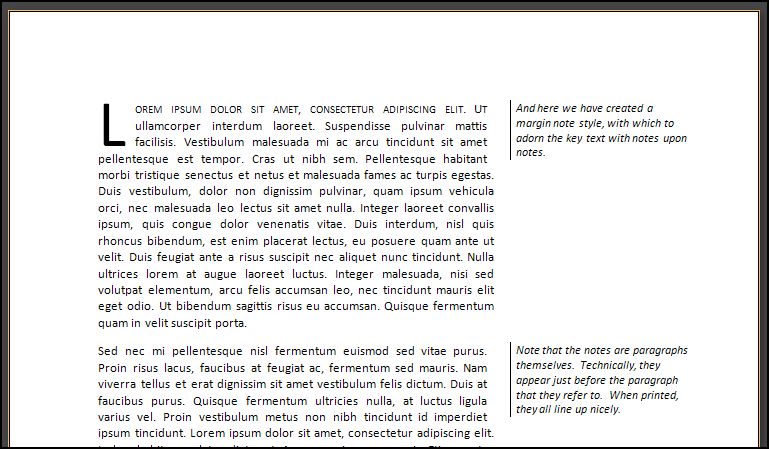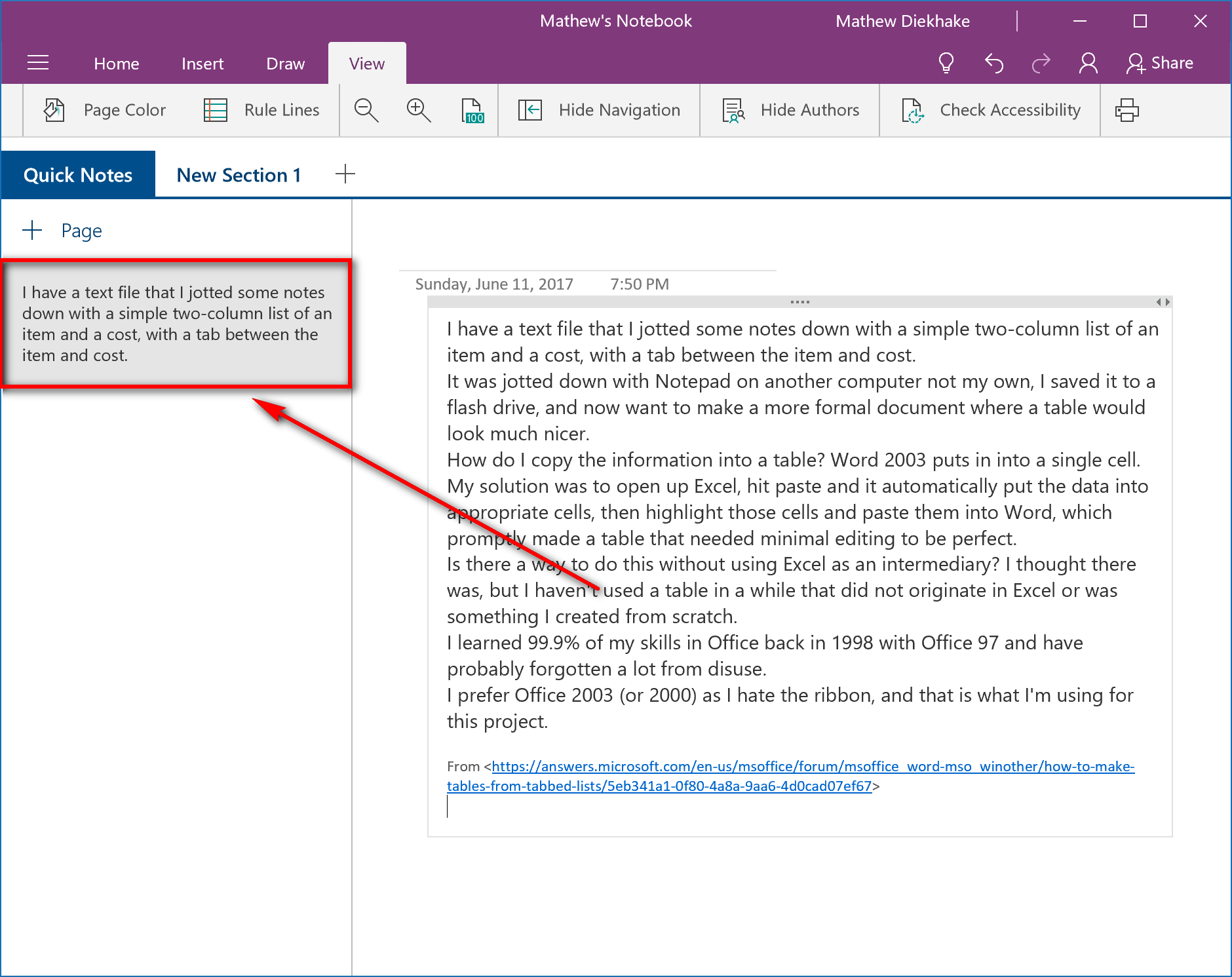

- MICROSOFT WORD SIDENOTES INSTALL
- MICROSOFT WORD SIDENOTES FULL
- MICROSOFT WORD SIDENOTES CODE
- MICROSOFT WORD SIDENOTES LICENSE
- MICROSOFT WORD SIDENOTES PROFESSIONAL
MICROSOFT WORD SIDENOTES FULL
There is some shiver of recognition among developers though that perhaps switching to a full IDE is not as unbearable as it sounds. The disconnect is apparent and, at this point, understandable. While an IDE is some weird new food with all kinds of exotic ingredients that requires tenacious and irrational picking with the fork to get it just the way you want it. Vim and Emacs are always there for you, cozy, calm and willing. It’s mental mom’s spaghetti (or insert your comfort food here). It’s this type of comfort that has kept whatever perceived war between those still using Vim or Emacs and the prospect of using IDEs going for as long as it has.

MICROSOFT WORD SIDENOTES INSTALL
sending certain keys or key combos) and without needing to install anything.” Familiar and comfortable “I can sit at any Unix-like terminal (Linux, BSD, Solaris, whatever), type ‘vi’ (or ‘ed’) and have a powerful editor that works even if my terminal isn’t configured quite right (e.g. “Primarily it’s about ubiquity,” says BSD runner Tim Chase. It could be seen as an act of willful defiance or just personal preference, but text editors are always there.
MICROSOFT WORD SIDENOTES CODE
massive programming behemoths.Īs coders’ careers evolve less through their expertise than who is signing their paychecks, there is always a constant code editor available to them regardless of which IDE the company prefers. Beginning programmers are much better served by simple text editors vs. Further, IDEs are often too much tool for the job. While a coder could sit down at any terminal and begin working in Vim, that isn’t true for any IDE. It takes time to adjust that world, to play god, to create shortcuts and hotkeys, to get used to different command structures and UI. Most IDEs create entire worlds where developers can create, but creating requires configuration. This has led users to literally turn Atom into Vim, unable to let go of the past, unwilling to fully embrace the future of code editing. Most importantly for users who didn’t start coding in the last five years, there is a Vim Mode package. It has cross-platform editing, four UIs, eight syntax themes and integrates with HTML, JavaScript, CSS, and Node.js. Atom is a free, open-source text editor that bills itself as being “hackable to the core,” allowing for multiple customizations. Take Atom, one of the more popular IDEs/editors.

Vim has a small footprint, low latency, fast startup, allows for more screen space, customizable and most importantly, once the muscle-memory has been ingrained, it’s nearly impossible to switch to something else.Ĭontinues Carter: “Our fingers are often the bottleneck between thinking up code and getting it in the app, so that’s where folks look to optimize shortcuts.” It seems silly but that kind of pivot takes energy.” I got the job, a family, and side projects. It takes energy to pivot to a new editor.
MICROSOFT WORD SIDENOTES PROFESSIONAL
On an emotional and professional level, I can’t really afford that. “Since then it’s become a question of ‘code speed.’ If I start with a new IDE or even switch to something like Emacs, I’ll slow down.
MICROSOFT WORD SIDENOTES LICENSE
“The reason I avoided IDEs to begin with was that back when I was getting into Vim, like a decade ago, it was an extra license to look into,” says Vim user John Carter (not of Mars). It’s the same reason I am still using Notepad to compose and not some fancy text editor or CMS tool. As my father would attest, using his Microsoft Zune long after its support ran out, if it ain’t broke… While there are many IDEs on the market, there’s no reason to use one if you don’t have to use one. The consensus among many Vim/Emacs users creates a picture many tech users from a certain generation would be familiar with. Vim and Emacs users, once at each other’s throats, seem to have implemented each other’s keybindings (a thing they actually do) to take on a common enemy - any modern IDE. It’s less a war at this point than a grumbling shuffle of ingrained habit and stubborn resistance to change. The endless war between Vim and Emacs users has continued ad nauseam over the years. And, though we hate to say it, both have reached a point where neither seems to really want to fade off into the sunset. Both are used in coding, editing, and administering systems. Emacs, as we well know, is a “maze of twisty little passages, all different,” (an old programmer’s joke that came from the game Colossal Cave Adventure) while Vim (and Vi before it) offers an arrow-controlled universe of keyboard shortcuts. The origins of this war harken back to Usenet groups in the 1980s, a time when Vi and Emacs were the primary tools used for coding. We love what we grew up with, be it Star Trek jokes, Vim, or Emacs. Like a dog refusing to walk on wet grass, there always seemed to be a bit of resistance to changing up a routine.


 0 kommentar(er)
0 kommentar(er)
